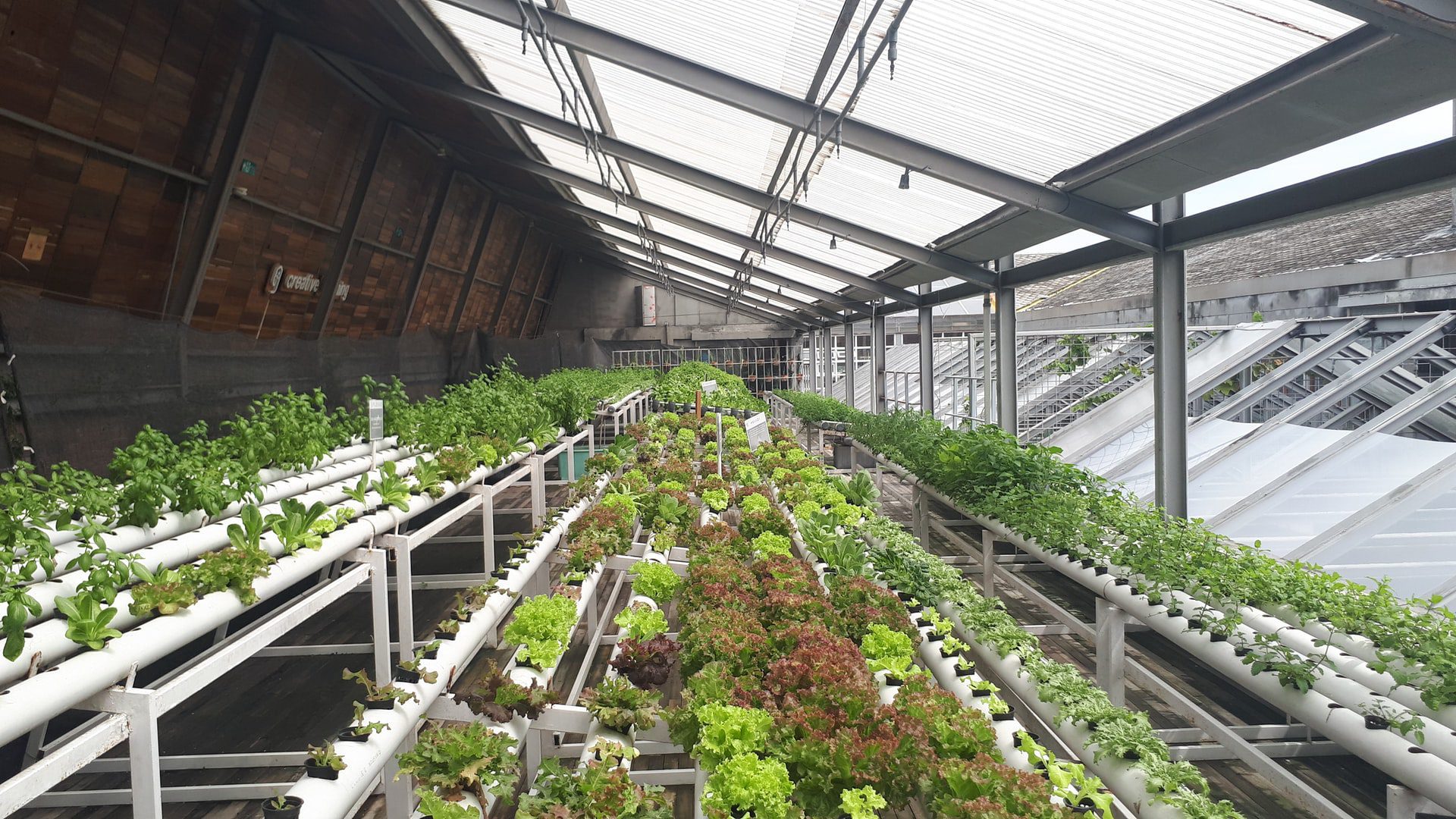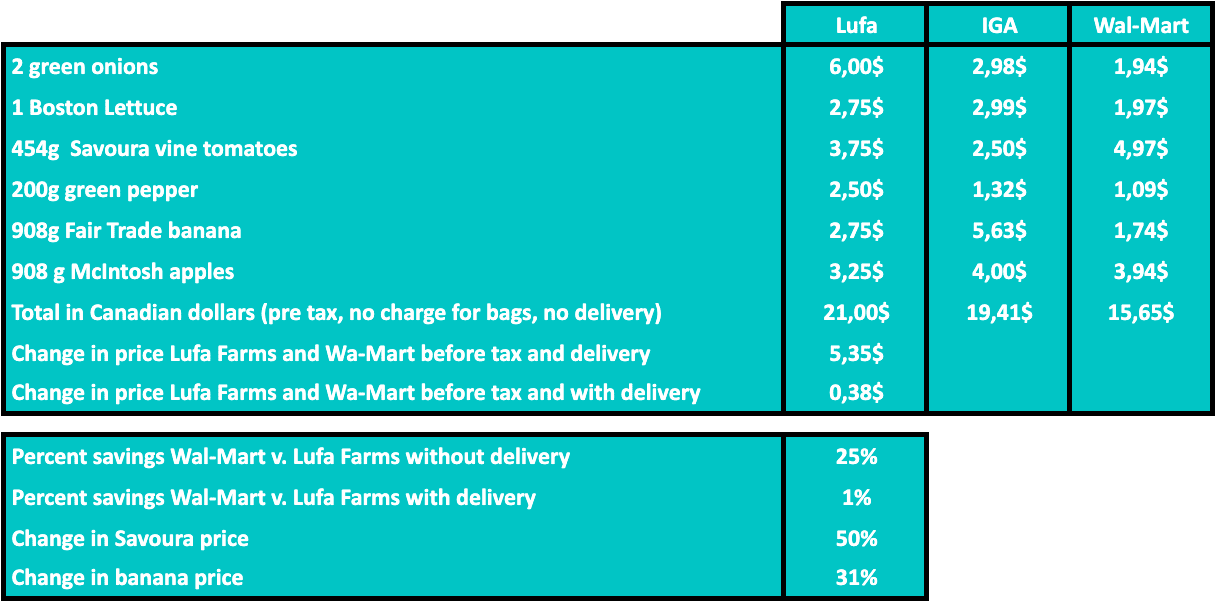Does It Really Matter Where You Buy Your Fruits and Vegetables? The Answer Will Surprise You
By Stefani Balinsky | Published on 06 May 2022

Two Rules will make you rich in life. Rule Number One of financial security is to never lose sight of your short-term, medium-term, and long-term goals. Rule Number Two is to find the best way to keep rule number one in balance with living your life. It is the everyday actions that set us off course, and one of the sneakiest traps is food, especially when we are torn between our financial goals and our food lifestyle.
Consider the cost for fresh fruits and vegetables. Dalhousie University’s Agri-Foods Analytics Lab 2020 survey showed that 79.5% of Canadians were willing to pay some type of premium for locally grown produce. It is no surprise that, in recent years, local produce delivery services popped up across Canada, competing against independent food stores, big box general merchandisers, and big food retailers for your money.
Remember Rule Number One?
The money you don’t unconsciously spend lets you achieve your financial goals. Is there any cost advantage to buying from one type of store? Do you really know? Is a marketplace necessarily better or worse than a bigger company store? Hardbacon compared the price and accessibility of the same items at Lufa Farms, IGA, and Wal-Mart in Montreal to see whether premium prices existed everywhere for fruits and vegetables.

Why Quebec? According to the province’s 2020 government report on food distribution and consumption, in 2017 Quebecers spent 10.6% of their household incomes on food – the most in Canada, and of that number, 74.4% on food retail excluding restaurants. Even more impressive, 35% of Quebecers over the age of 12 eat 5 servings of fruits and vegetables a day, ranking first in Canada.
First, some background on Lufa Farms. Lufa Farms provides fruits and vegetables, grown by local farmers or quite possibly from one of its rooftop greenhouses in Montreal. You can choose a plan that fits your needs, priced at $20 or $35 per basket per week. That is $1040 and $1820 respectively per year if you opt for pickup. Adding delivery means an extra $5 per week, meaning $1300 and $2000 respectively before tax. Of course, you have the choice of what goes in the basket, and the source of the produce is listed and local. The one choice you don’t have is how to pay: Lufa Farms platform only accepts credit cards.
IGA is a supermarket chain in Quebec owned by Sobeys, and Wal-Mart is – well – Wal-Mart. Both sell fresh fruits and vegetables that are sourced globally. Both have e-commerce platforms, offer delivery, and accept cash, debit, and credit cards.
We set out to buy a few items, available at all three places: green onions, Boston lettuce, green pepper, vine tomatoes, organic/fair trade bananas, and McIntosh apples. We compared the prices based on the listed price per 100 grams or unit prices.
We put the prices in a spreadsheet and compared the cost for the same items at Lufa Farms, a Montreal Wal-Mart and at a Montreal IGA grocery store. The prices varied a lot: $21 for Lufa Farms, $19.41 for IGA, and $15.65 for Wal-Mart; that is including sale prices, before tax, and without delivery. That is a nearly $6 difference from most expensive to least, or a 25% difference. When you factor in the cost of delivery for Lufa Farms and Wal-Mart, the cost savings nearly disappear. The bill, before tax, for Lufa Farms is $26, while Wal-Mart jumps to $25.29.

There is more to know about the total amounts spent and it highlights what you probably forget when you stick to only one source for your food: the impact of product choice. The price of approximately 454g of vine tomatoes, which all three stores carried from the same brand-name supplier, varied by as much as 50%. For fair trade/organic bananas, the price swing was 31%; in both cases, Lufa Farms was priced in the middle range.
Another financial consideration is accessibility. Lufa Farms will deliver/ arrange for pickup in certain regions, but with its limited payment options, anyone without a credit card is unable to buy from the online platform. If you don’t want to use a credit card for your fruits and vegetables, you have no choice but to go to a more traditional store. The choice is made for you
Or is it?
Back to Rule Number Two
You can balance your food lifestyle with your financial goals by making small choices with big impacts. Are there any ways to limit the risk and volatility in total price? Yes, you just have to be flexible.
A possible workaround to buying on credit is to create buying groups with someone who has a credit card and splitting the cost of the basket. That further eliminates the cost difference between Lufa Farms, IGA, and Wal-Mart. In terms of inventory, you can plan your recipes around what is available. If you don’t want to use substitutes, then a safer option is other stores.
You need to be careful with your money when you spend on food, and it isn’t always easy to be consistent each week. Prices at all stores change because of many factors you cannot control. You have to be aware of what you are spending and decide if it puts your financial goal, or any other goal, at risk. It takes planning and flexibility, but you can do it, and on your terms. No one store or series of items will destroy a solid habit of planning and tracking your spending behaviour.
A satisfying food lifestyle isn’t out of reach or incompatible with your goals. The key is flexibility and knowing how much effort you are willing to put into balancing your goal with the quality of life that you choose. The only hard part is doing the consistent work to stay committed.
